
If you’ve ever dealt with high humidity in your house, you understand the desire to control the sticky dampness as soon as you start feeling it. The sense of relief when you figure out how to decrease and regulate humidity is immeasurable. How do you reduce moisture without completely drying out your home?
If you live in a subtropical region, sometimes it’s hard to believe that humidity is beneficial in moderation. Meanwhile, people in dry climates often buy whole-house humidifiers to avoid breathing overly dry, irritating air. Moisture levels can get out of hand quickly, though, encouraging mold, bacteria, dust mites, and more.
If you’re curious about potential antidotes to long-term high humidity exposure, check out the five tips below.
What Causes High Humidity in a House?
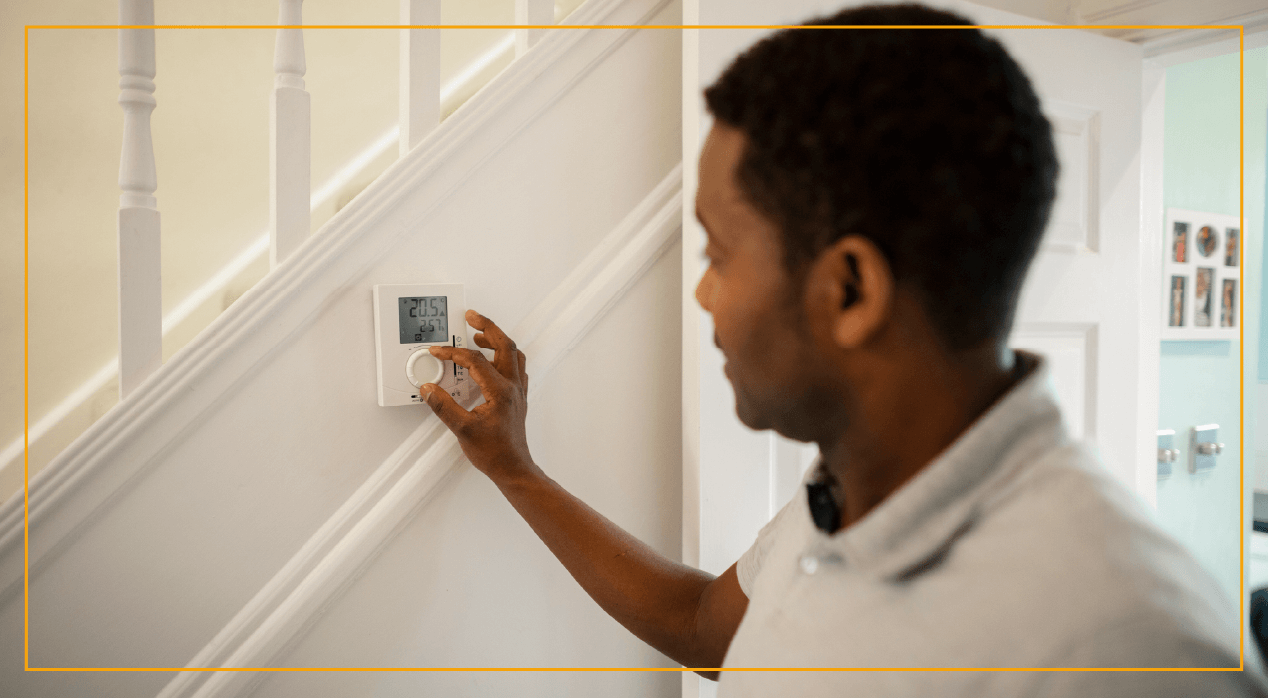
Here are some of the main things that can cause high humidity in a home:
- Having the dryer running
- Taking long showers
- Not ventilating while cooking
- Using a gas heater
A house’s atmosphere typically depends on a reliable balance of temperature and moisture to allow it to function at peak performance in the long run. Even if you don’t mind the feeling of humidity indoors, try to keep it in check. That way, you won’t deal with problems that can stem from too much moisture in the air, like mold.
How to Lower Humidity in 5 Steps

There’s no question that humidity is inevitable in most regions, especially in the spring and summer. According to the EPA, relative indoor humidity levels should ideally be around 30 to 60 percent. In areas with 80 percent humidity, your home can begin to fester with fungi, viruses, bacteria, and mold, which can lead to respiratory ailments and other illnesses.
To figure out how to troubleshoot the high humidity in your house, start by walking through the five steps below.
1. Invest in a Dehumidifier
It’s a lot easier to be proactive about preventing moisture accumulation than to deal with the aftermath of the high price of mold remediation, ranging between $1,120–$3,330.
There are a few different popular dehumidifier options, from whole-home versions to basement and crawl space units. Each type was designed to capture water particles before they can overwhelm a home’s atmosphere.
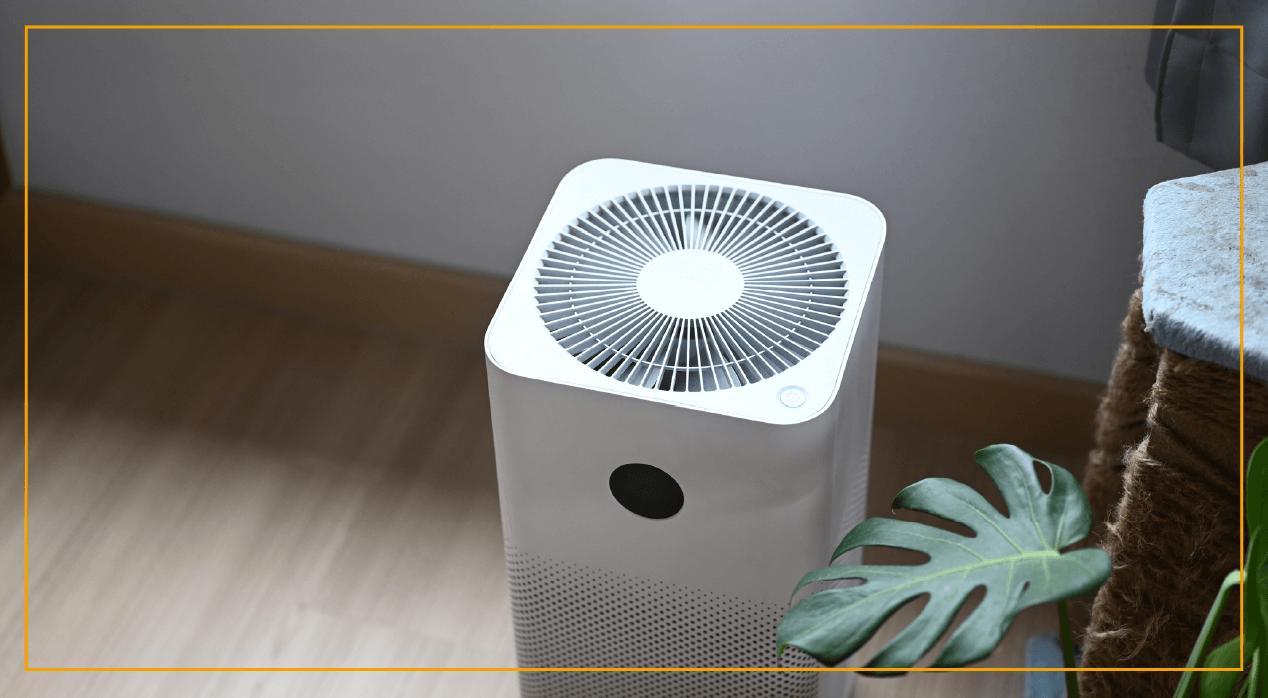
No matter your ultimate choice, it’s wise to pay the price of installing a dependable dehumidifier to consistently keep your humidity levels in check. Bringing skilled HVAC professionals on board to install the dehumidifier is critical. Technicians are trained to situate and connect the equipment to maximize efficiency, so it’s probably best to leave it to a pro.
2. Insulate Your Windows
It’s no secret that the quality of your windows can impact humidity and mold in your home. Replacing your windows with a high-quality set is a surefire way to prevent additional moisture from easily collecting and raising humidity levels. Also, even though most people think of window insulation as a winterization tactic, investing in the cost of window sealing or caulking is important before hot, humid months, too.
In addition to keeping out humidity, you can cool your home without AC to beat the summer heat and lower your air conditioning bill by purchasing window coverings, window treatments, or thick curtains that block the sun.
3. Maintain Your HVAC System
An HVAC technician can ensure the health of your air conditioning system once or twice a year, depending on your climate, saving you from costly repairs down the line.
Stay on top of air conditioning maintenance by periodically cleaning and replacing filters to avoid leaks in your HVAC ductwork or AC unit that could increase costs to dehumidify and cool your house. Keep in mind that the cost of AC repairs varies greatly from $170 to $590, so it’s best to do your research.
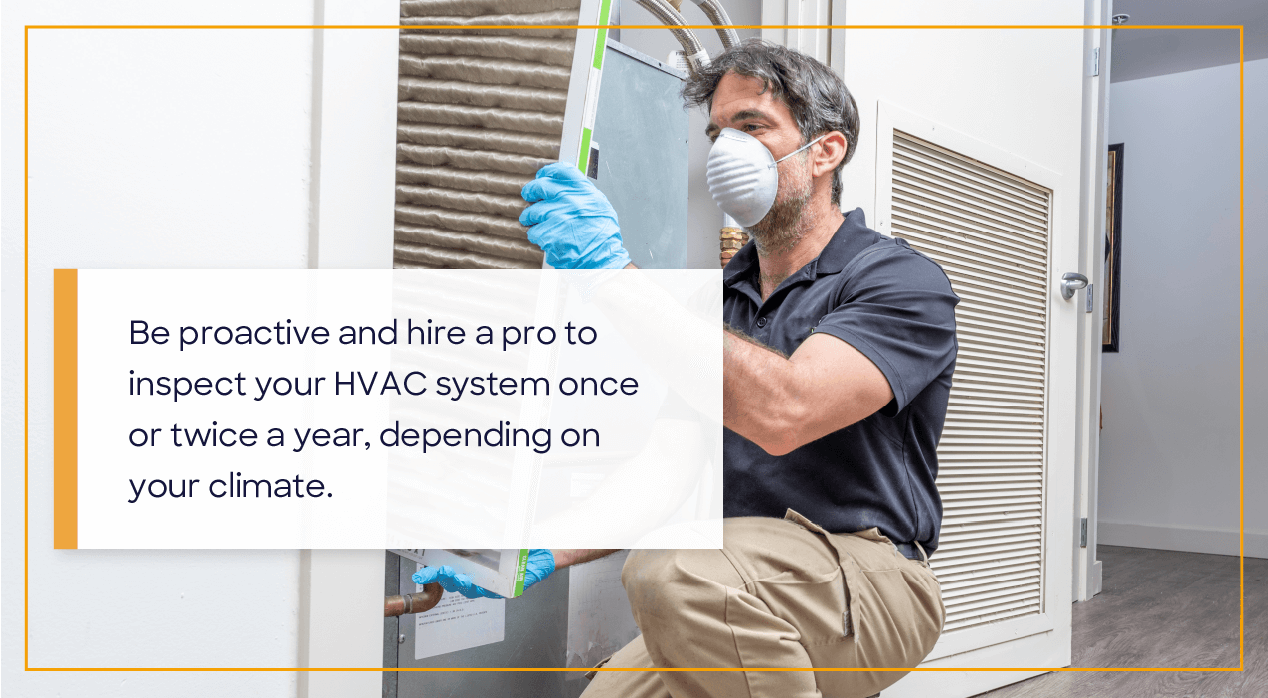
4. Circulate Air as Much as Possible
It might be hard to believe that simply circulating air could help alleviate high humidity in a house, but it actually makes a world of difference. When moisture in the air can’t stay stagnant, it’s less likely to accumulate and cause issues.
Ceiling fans, floor fans, and circulators by brands like Vornado not only make a space more comfortable but also lessen the likelihood of consistently high levels of humidity becoming a problem. Also, it’s wise to spot-ventilate specific areas when you know a lot of steam or moisture will be released indoors, such as during a shower or while cooking.
5. Supplement With DIY Dehumidifying Tactics
Bringing in a pro is a smart thing to prioritize, but you can also supplement with inexpensive, natural dehumidifying tactics. It’s not recommended to replace traditional methods with these techniques, but they’re useful to complement your investment in professional efforts.
Keeping a gallon of rock salt or baking soda in the room is one easy, natural tactic to supplement your dehumidifying efforts. Non-toxic silica gel is also an option since the gel is highly water-soluble, but be careful not to keep this around kids and pets.
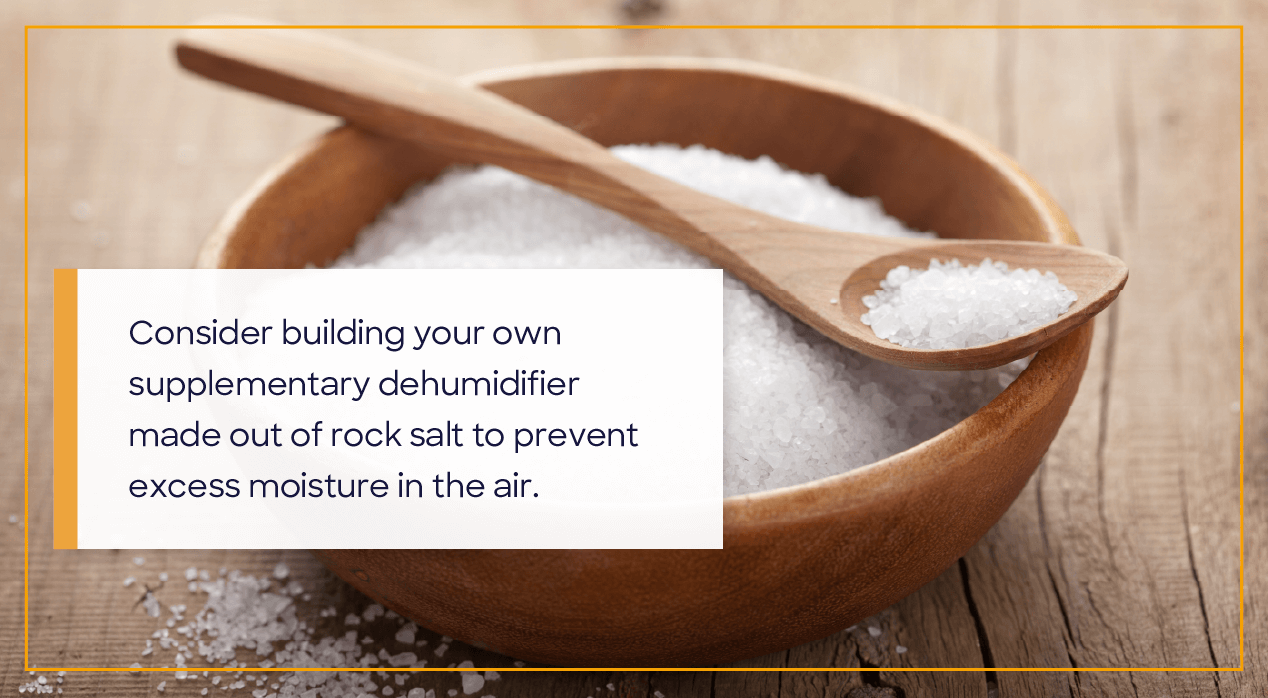
When summer hits and humidity seeps into your house, it can be an unpleasant experience with inconvenient consequences for your home’s environment. If you can’t tell if you have high humidity in your house, why not schedule an estimate for a professional air quality test? For example, you might want a mold test or a volatile organic compound (VOC) test.
By being proactive and following the advice above, you’ll likely protect your house’s physical structure, repel pests like bugs, and keep mold at bay. HomeAdvisor can help streamline finding reputable professionals who can tackle your air purification and dehumidification goals. Not only will you enjoy a healthier home atmosphere, but you’ll also preserve the integrity of your home for years to come.
 5 Home Improvements to Beat the Dog Days of Summer
5 Home Improvements to Beat the Dog Days of Summer  Cool Ways to Stay Warm: Winter Energy Saving Tips
Cool Ways to Stay Warm: Winter Energy Saving Tips  Warmer Flooring
Warmer Flooring 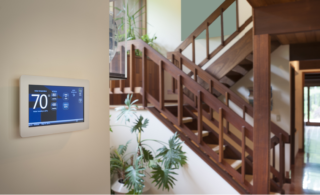 How to Choose the Best Smart Thermostat for Your Home
How to Choose the Best Smart Thermostat for Your Home  Heat Pump vs. Furnace
Heat Pump vs. Furnace 

Are You Familiar With This Topic? Share Your Experience.